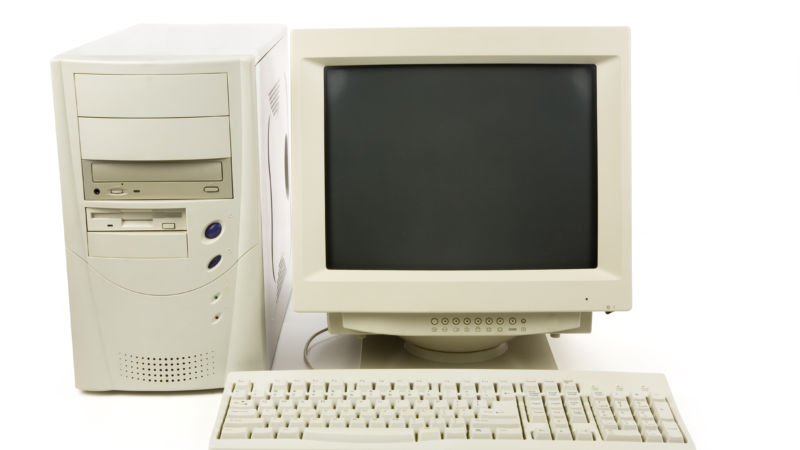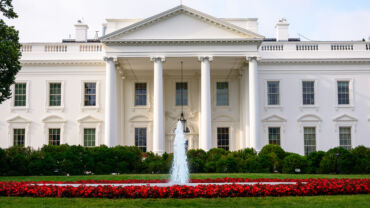If you were paying attention to the computing world in any measure during the 1990s, you knew about the raging Mac versus PC debate. In fact, it was one of the defining elements of 1990s computing.
Although that dispute is now largely a thing of the past, there was definitely some true animosity between Apple and Microsoft, particularly because of the events leading up to Apple suing Microsoft for copyright infringement on March 17, 1988.
The lawsuit was filed only a few months after Microsoft released Windows 2.0, which was a marked improvement over the first version. According to the higher-ups at Apple, this was because Microsoft copied Macintosh’s visual displays — and did so without a license.
Let me back up for a minute and explain: We all take for granted the graphical user interface (GUI) of today’s computers, but, as this New York Times article about the lawsuit demonstrates with its description about GUI, it was a novel idea at the time, the application to consumer products of which was largely attributable to Apple:
That appearance is based on what the industry calls a graphical user interface, in which information appears in windows and operations are carried out by pointing at objects and menus using a handheld device called a mouse – a major selling point of the Macintosh.
(I hope that you were as amused by reading that as I was.)
Anyway, Microsoft and it’s leader Bill Gates were the first outside developer to get a Macintosh prototype before its release in 1984. The company was to create productivity software (word processing, spreadsheets, etc.) for the Mac.
Gates instantly fell in love with the Mac OS, and after the public unveiling of the Macintosh, Gates essentially begged Apple to license the software to outside manufacturers so that the Macintosh would become the standard in personal computing.
Although there has been much speculation to Gates’s motivations in doing this, Gates himself later stated that Microsoft’s software profit margins were much higher on MacOS than for those on IBM’s licensed MSDOS platform.
For a number of reasons, Gates’s proposal was rejected by Jean-Louis Gassée, who had been given control of the Macintosh and Lisa projects after Steve Jobs was ousted from them.
Later, in November of 1985, Microsoft released Windows 1.0, which alarmed a number of individuals at Apple because they believed that Microsoft had stolen several design elements of the Mac operating system. Apple threatened to sue.
Because of the close relationship between the two companies, however (Microsoft’s productivity software was a heavy driver of sales for the Macintosh), they eventually came to an agreement, wherein Apple licensed Macintosh design elements to Microsoft to be used in Windows.
For whatever reason, though, Apple’s legal team didn’t catch the fact that the agreement was written to license the use of Apple features in Windows 1.0 and all future Microsoft software programs.
You can imagine Apple’s surprise, then, when Windows 2.0 was released and contained even more design elements copied straight from the Macintosh operating system.
Apple was apparently so upset by this that it skipped threatening letters and phone calls and went straight to filing a lawsuit (a lawsuit which is today celebrating its 31st anniversary).
Unfortunately for Apple, on July 25, 1989, Judge William Schwarzer ruled that 179 of the 189 contested visual displays that Apple claimed infringed in its copyrights were covered by the existing license, and the rest weren’t eligible for copyright anyhow because of the merger doctrine (which holds that ideas cannot be copyrighted).
After a number of appeals, the legal battled ended on February 21, 1995, when the Supreme Court denied Apple’s petition for writ of certiorari.
In light of Apple’s contemporary dominance in the computing and electronics markets, it may be difficult to appreciate the impact of this loss on Apple’s position in the industry. It was during the mid- to late 90’s that Windows rose to prominence, and Apple’s Macintosh was unable to keep up, such that by 1996, it looked to be in very real danger of failure.
Of course, that all turned around after Steve Jobs was brought back in to Apple as an advisor, bringing the company back onto the path of growth — one on which it continues today.
But prior to this turnaround, the lawsuit and its eventual failure were symbolic of Apple’s fortunes throughout most of the 1990s, and although history will be unlikely to remember it for any legal significance, it certainly is a major milestone in the history of computing and technological advancements.
Even the biggest and most influential companies can face serious setbacks. Make sure your firm is always on the cutting edge by staying embracing the latest technology and following legal changes and updates.









